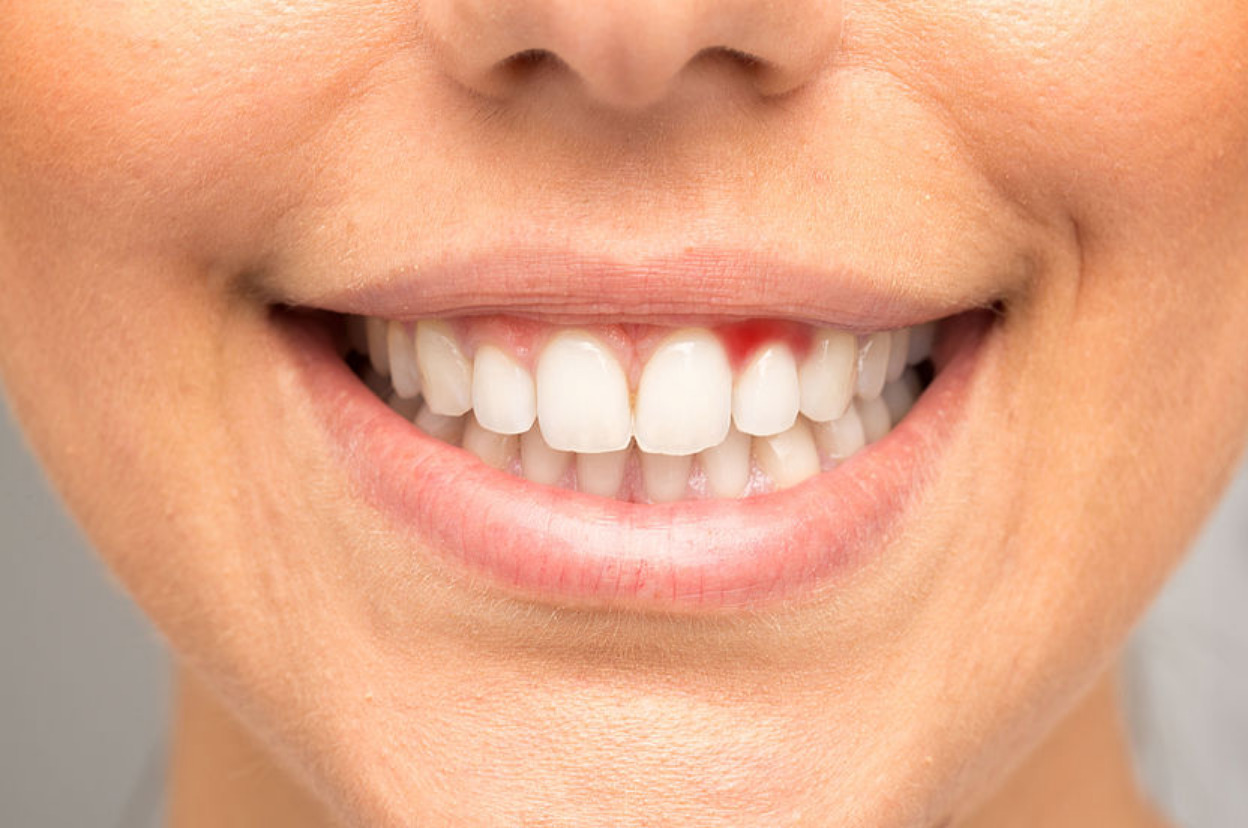Seeing the blood, while brushing teeth, is a matter of concern in need of immediate attention. It is a sign of bacterial growth resulting in inflammation of the gum. This is a primary sign of gum inflammation (Gingivitis). If left unattended for long, it could develop into gum disease (periodontitis). In the early stage of gum disease, you will notice a loosening of gum and the formation of pockets. If not treated in time, connective tissues and bone start breaking down, resulting in loss of teeth. So, if you are noticing blood while brushing, then you should consult your dentist to seek suitable treatment to stop bleeding gums.
Reasons for Bleeding Gums

Bad oral hygiene resulting in the development of plaque on teeth is the main reason behind bleeding gums. Plaques, a sticky layer of bacteria, first trigger the inflammatory reaction and develop into full-blown gum disease. If inflammation is accidental, like over-brushing or aggressive flossing, it will recover normally. But if gum bleeding is regular, then you should consult your doctors as this might be due to some changes in the immune system either due to life stage, medication, or nutrient deficiency.
Consult your dentists before the onset of degeneration of connective tissues and bone, as any delay could make things worse and cause tooth loss, permanently. Prevention is better than cure, so maintain healthy oral hygiene to have healthy gum and long-lasting teeth. In some cases, gum inflammation could be due to hormonal changes during puberty, pregnancy, or menopause. If you notice any inflammation, consult your physician to stop gum bleeding.
Ways to Cure Bleeding Gums
The onset of gum inflammation and progression to gum disease is painless, people normally ignore it in hope of automatic repair and recovery. But, it is advisable to consult your doctor as soon as you notice minor signs of gum swelling and bleeding. Delay in starting the treatment will delay your recovery process.
Your dentist will examine gum swelling, bleeding, and depth of pocket to know about the possible cause. Depending on the stage of the disease, which could be judged by the gap between gum and teeth, s/he will suggest remedial measures and medications. If your dental structure is complex, the dentist might check the movement and alignment of teeth. If gum disease is deep, then your dentist might check the jawbone to detect bone degradation.
Regardless of the reason, early diagnosis and treatment will help you stop bleeding faster and have fresh breath. Here are some of the tips dentists and oral hygiene experts recommend preventing and treating gum bleeding:
Pocket Reduction Surgery
Your dentists will first lift gums and remove tartars using high-tech methods. If required, the damaged bone could be smoothed to prevent bacterial growth. Once done, the gums are then placed back on the tooth to fit smoothly.
Bone Grafts
If diagnosis shows degeneration of the bone, your dentist will graft the bone using fragments of your own bone or synthetic bones. Newly grafted bone works like a platform for bone regrowth, thus strengthening teeth. Some doctors are using new tissue engineering technology to induce self-regeneration of bone and tissue.
Soft Tissue Grafts
Your dental surgeon will take tissue from the roof of your mouth and use it to reinforce thin gums. Grafted tissue will be stitched in place, thus allowing easy re-growth of receded gums.
Guided Tissue Regeneration
If tissues supporting bone are totally degenerated, your dental surgeon might recommend guided tissue regeneration to stimulate tissue and bone growth. It is done in combination with pocket reduction surgery. In the process, the doctor will insert a small piece of mesh-like fabric between the bone and gum tissue.
Dental Cleaning and Scaling
In this process, the dental hygienist will remove plaque and tartar using suitable technology. Although not a treatment of gum disease, deep-cleaning twice a year will help you prevent the development of gum disease. Your doctor might recommend smoothing to remove bacterial plaques. If tartar growth is under the gums, then the doctor might recommend scaling.
Preventive Measures
If you are a regular smoker, then chances of tartar development are exceptionally high. If you want to have healthy gum, then you have to stop the consumption of tobacco. If you are under treatment, then chances of success reduce significantly, if you are a smoker.
Since stress affects the immune system response; it is advisable to cut stress as much as you can to have healthy gum.
One of the most effective prevention measures is to have a balanced diet loaded with nutrients, especially Vitamin E and C. Eating foods with antioxidant properties helps in fighting inflammation.
Conclusion
Brushing triggers bleeding, so use a soft brush to clean gently using antibacterial toothpaste. Ideally, one should brush twice a day, but if the gum is degenerating, then you can opt for high-quality mouthwash to keep your mouth germ free. Most importantly, avoid experiments and consult your dentist as soon as you see red blood cells in your mouth. Effective treatment will give you healthy gum and fresh breath in just a few days.
